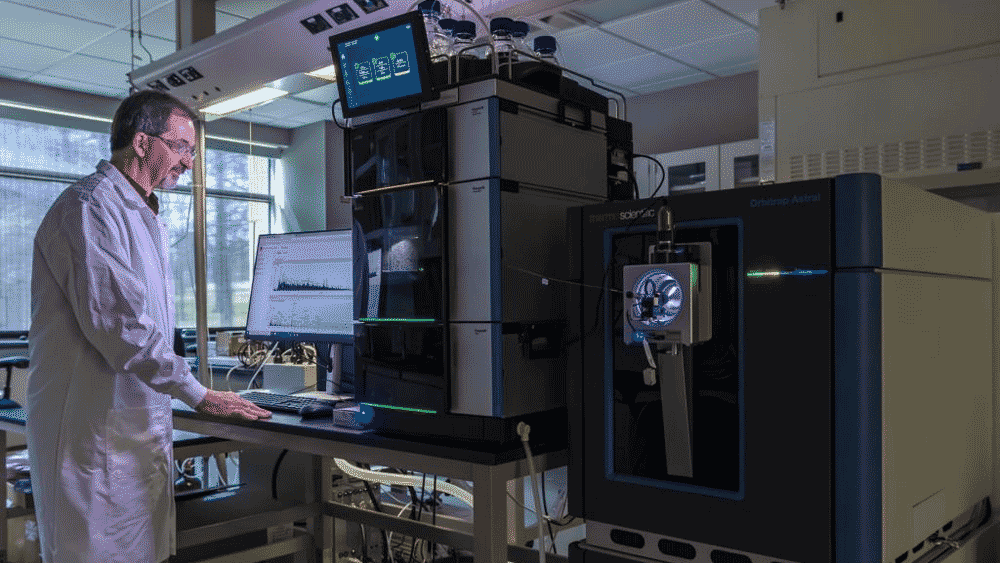ORNL
Robert “Bob” Hettich has spent much of his career at the U.S. Department of Energy’s Oak Ridge National Laboratory (ORNL) demonstrating how high-performance analytical measurements, in particular mass spectrometry, can yield remarkable insights into the mysteries of tiny microbes and their effect on larger systems such as plants and humans.
|
ADVERTISEMENT |
He uses mass spectrometry, a technology that measures the mass/charge of ions generated from molecules, to explore cellular machinery and processes that reveal how bacteria, fungi, and viruses associate and interact with each other and their hosts. His research on biomolecules from complex environments has enabled fundamental insights into how these microbes function and adapt in microbiomes. This information helps guide numerous applications, such as how microbial consortia—teams of microbes that work together—enhance plant health and can be used to support the domestic bioeconomy.
…

Add new comment